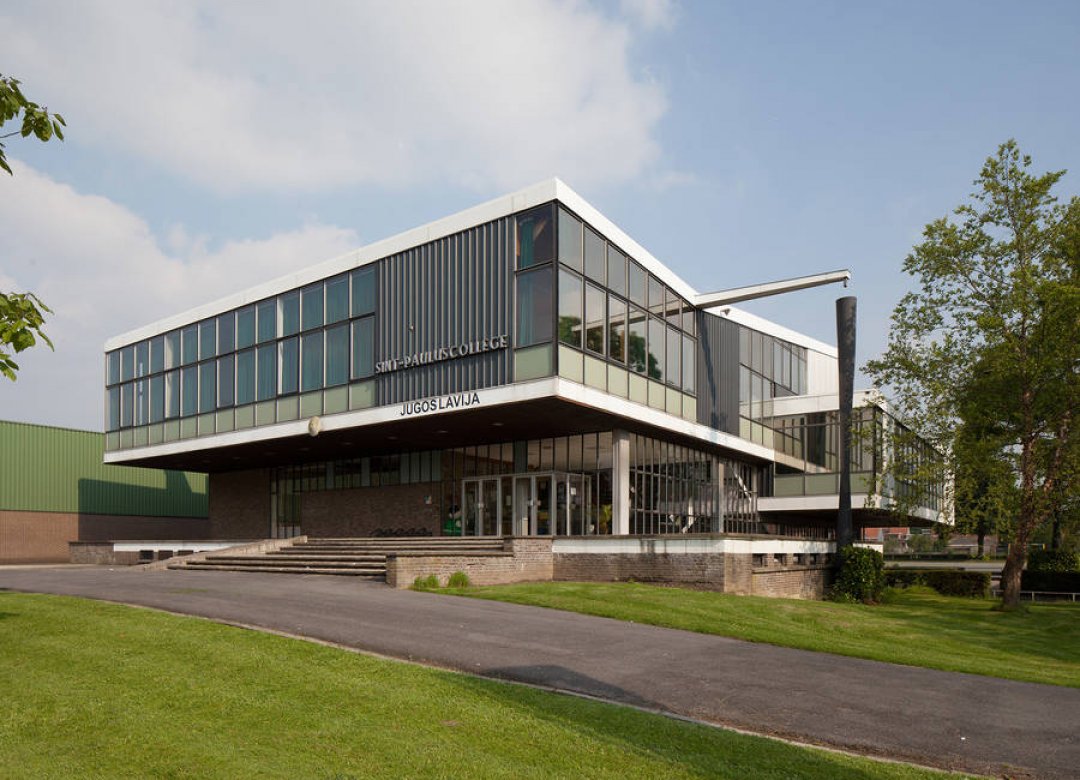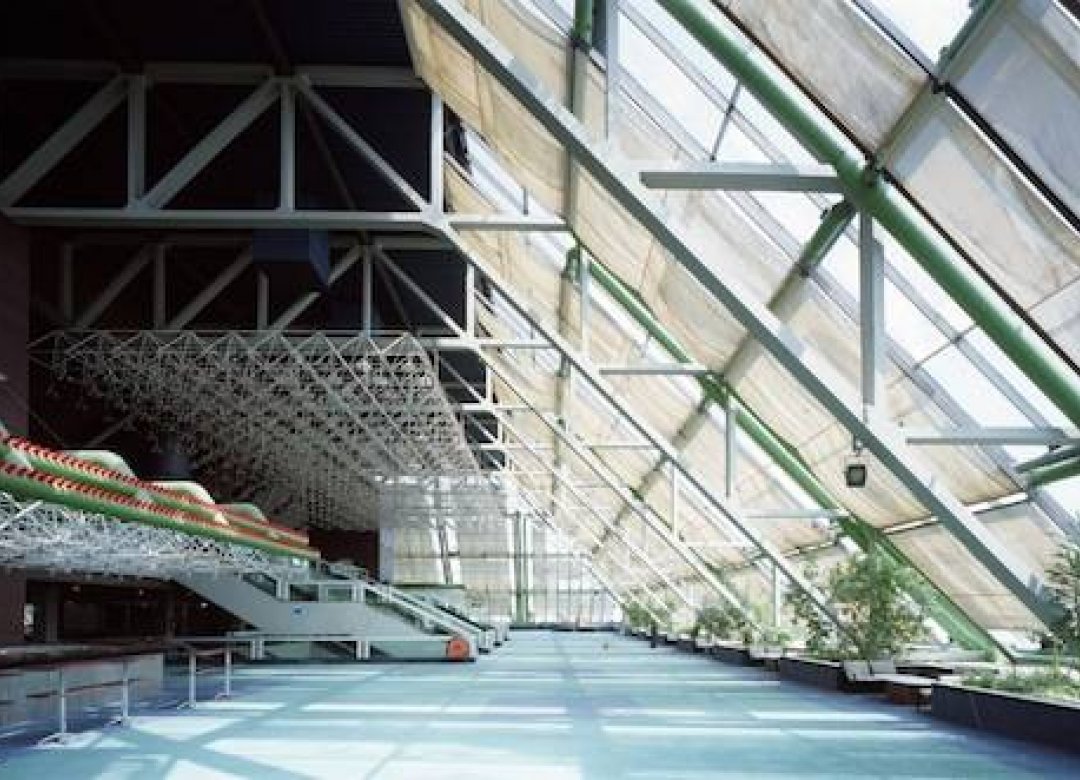Synopsis
Political systems have historically been known to establish their identity through architecture of their institutions. In the latter half of the twentieth century, Croatia and former Yugoslavia have done the same, forging their hybrid political system in the complicated Cold war circumstances.
In 1948, the Yugoslav President Tito broke all formal relationships with Stalin, left the Eastern Block, and laid the foundations for a new geo-political movement: The Non-Aligned Movement. That left Yugoslavia in need of new ideological symbols – imposing buildings that would reflect its “non-aligned” position. While literature, philosophy and films were all partly censored, and critical thinking repressed, architectural aesthetics was free. With its privilege to reflect the system’s identity as undisputedly modern, it often represented system’s identity much more progressively than the controversial Yugoslav society ever was. The 1970’s architecture in Yugoslavia have therefore triumphed in its modernism. Proud, optimistic, future-oriented architecture was supposed to set the framework for the new, better world, which ultimately never came true. The first season of “Slumbering Concrete” focused on the socialist architecture in objects built for tourism, the second season on unfinished projects intended for cultural and social transformation, and the third season will explore museums, monuments and political institutions – all built to represent an ideology. The series critically explores the fate of buildings that have lost their original purpose to protect the political system but have not lost their cultural and spatial significance. Can we stop our recent history to be completely wipedout and take a critical look at the achievements of one whole generation? Can we remove the stigma of the ideological enemy from some of the greatest examples of our architectural legacy? And ultimately, by doing so, can we establish some continuity in our urban and cultural history?
In 1948, the Yugoslav President Tito broke all formal relationships with Stalin, left the Eastern Block, and laid the foundations for a new geo-political movement: The Non-Aligned Movement. That left Yugoslavia in need of new ideological symbols – imposing buildings that would reflect its “non-aligned” position. While literature, philosophy and films were all partly censored, and critical thinking repressed, architectural aesthetics was free. With its privilege to reflect the system’s identity as undisputedly modern, it often represented system’s identity much more progressively than the controversial Yugoslav society ever was. The 1970’s architecture in Yugoslavia have therefore triumphed in its modernism. Proud, optimistic, future-oriented architecture was supposed to set the framework for the new, better world, which ultimately never came true. The first season of “Slumbering Concrete” focused on the socialist architecture in objects built for tourism, the second season on unfinished projects intended for cultural and social transformation, and the third season will explore museums, monuments and political institutions – all built to represent an ideology. The series critically explores the fate of buildings that have lost their original purpose to protect the political system but have not lost their cultural and spatial significance. Can we stop our recent history to be completely wipedout and take a critical look at the achievements of one whole generation? Can we remove the stigma of the ideological enemy from some of the greatest examples of our architectural legacy? And ultimately, by doing so, can we establish some continuity in our urban and cultural history?
Articles

18. 8. 2020
East Doc Series reveals five selected projects
East Doc Series, a brand new programme organized by the Institute of Documentary Film in association with Baltic Sea Docs and Sunny Side of the Doc, has revealed the projects selected for the first session (Baltic Sea Docs online, September 2 & 7–8).
read more
Gallery



